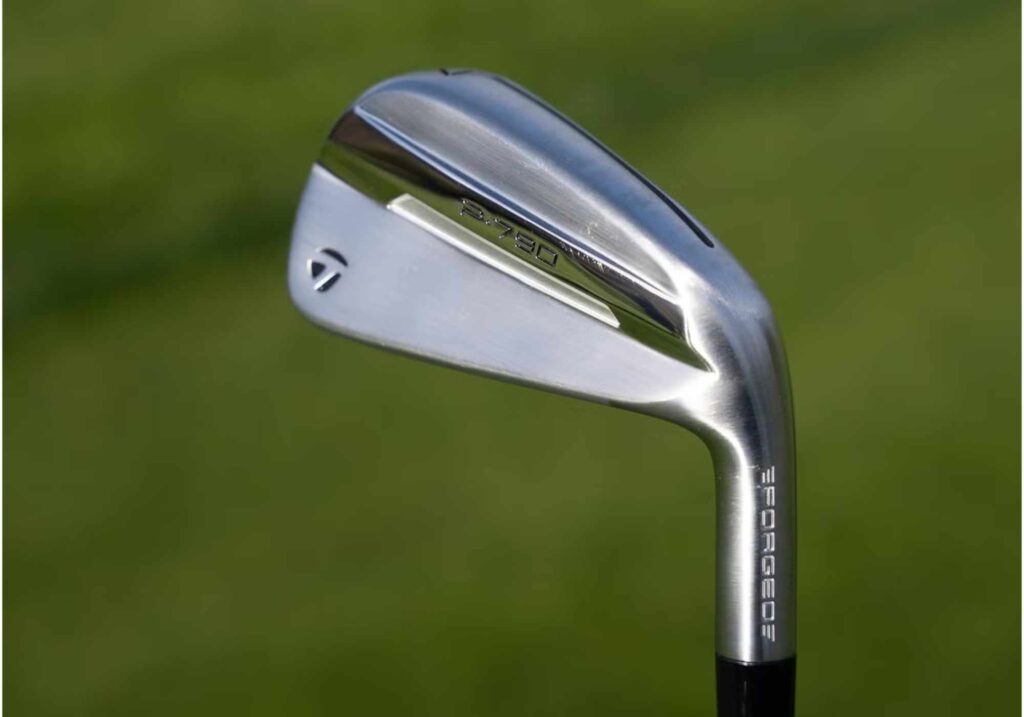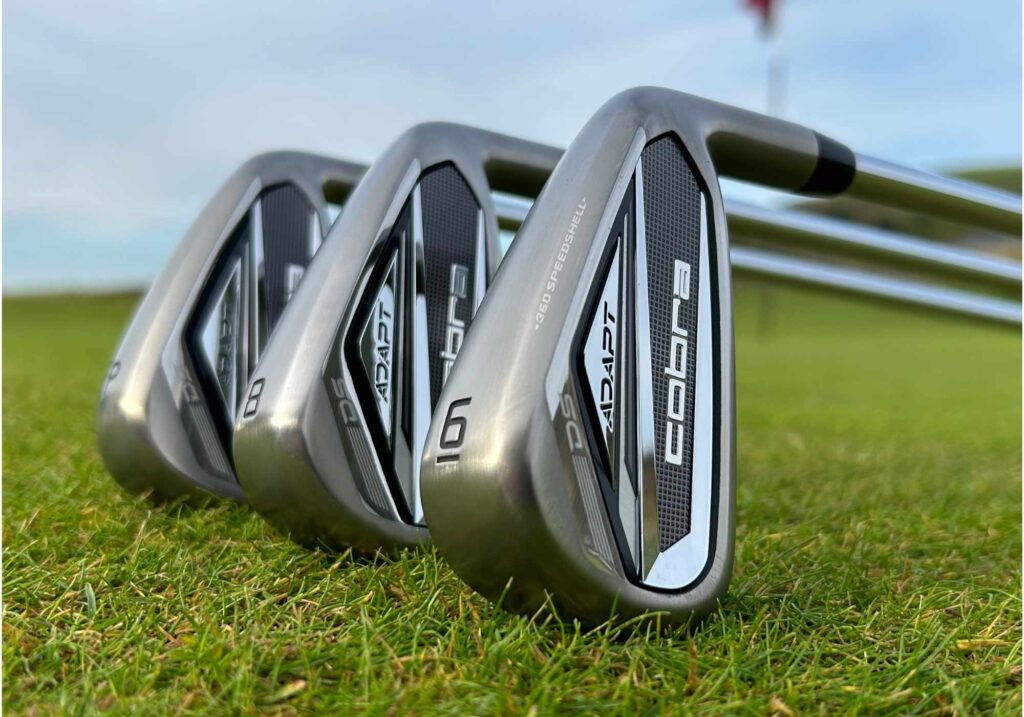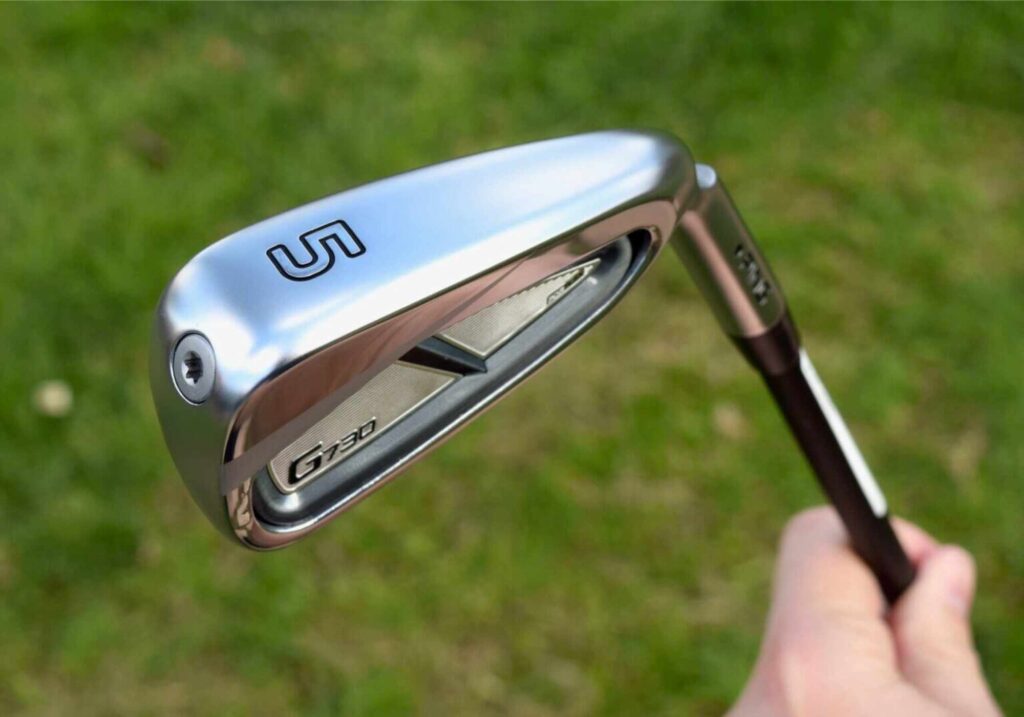With so many irons available, it can be hard to figure out which category, let alone set within that category, is the best match for your game. Each category of irons tailors to a certain type of player – but what makes them different? Lets take a brief dive into just that – and hopefully determine along the way which suits you the most to maximize your skill set.
Players Irons

These are typically the types of clubs you see in the hands of Tour players every weekend. Thin top-lines, narrow soles, minimal offset and weaker lofts. The players category isn’t for the feint of heart. Typically recommended for handicaps below 5 to scratch or better, these clubs prioritize precision over forgiveness. If you’re a player with high-level ball striking and like to shape your shots both ways while hitting exact distances, this category fits the bill. Another highly sought after element of the players category is feel. Fully forged heads have a buttery soft sensation at impact – if you can find the middle. If you’re still prone to missing said middle (like me), continue reading.
Players Distance Irons

Players distance (PD) irons offer more forgiveness than their players counterparts. This is often achieved by utilizing a hollow body club head design filled with some sort of TPU or polymer insert or filling. One area that had typically been compromised in the past when compared to a players iron was feel. Companies are improving on this, however, with the implementation of things like fully forged faces. Players distance irons are perfect for the golfer who is a lower to mid-range handicap player that strikes the ball consistently well but is prone to missing slightly into the toe or heel. Performance drop-off is much less severe with this type of iron than a players iron.
Game Improvement Irons

Next we move into the game improvement (GI) category. This category is aimed at making the game easier for golfers in the mid to high handicap range. You’ll typically see wider soles than PD irons, perimeter weighting to improve forgiveness and stronger lofts to help add distance. However, lower handicap golfers still could benefit from GI clubs. For example, if you’re a high launch, high spin player, the stronger lofts may actually benefit your game by bringing both launch and spin down. These clubs feature a thicker top-line than the PD and players categories, so visual appeal can be a bit of a turn off for some. You’ll more than likely see greater offset as well.
Super Game Improvement Irons

Super game improvement irons are a category of golf clubs designed specifically for high-handicap players or beginners seeking maximum forgiveness and ease of use. Typical features include a larger clubhead, wider sole, and a lower center of gravity, which help launch the ball higher and straighter, even on off-center hits. The perimeter weighting and cavity-back design enhance stability and reduce mishits, making them ideal for players who struggle with consistency. Overall, super game improvement irons are engineered to boost confidence, improve accuracy, and make the game more enjoyable for those still developing their skills.
How Do I Choose?
One of the most critical things you can do when choosing a set of irons is to first be realistic about the state of your game. Yes, those TaylorMade P7CBs look gorgeous, but do you have the skill to play them and play them well? If you’re prone to missing out of the toe or heel, looking at clubs that will not be as penalizing on those misses is massively important. The next best thing you can do is get fit! Find a free demo day or head to your local golf shop to try some different models. While clubs fall into the same category, they will look, feel and perform differently.
The table below gives a brief highlight of player characteristics that best fit each category. Check it out and you’ll be on your way to that perfect set of irons and lower scores in no time at all!
| Iron Category | Best For (Player Type) |
|---|---|
| Players Irons | – Low-handicap or scratch golfers – Prioritize shot shaping and control – Prefer thin toplines and compact heads – Consistently strike the center of the face |
| Players Distance Irons | – Mid to low-handicap players – Want more distance without sacrificing feel – Seek a blend of control and forgiveness – Like a clean look with a bit more tech |
| Game Improvement Irons | – Mid to high-handicap golfers – Need help with forgiveness on off-center hits – Want higher launch and more distance – Prefer confidence-inspiring clubheads |
| Super Game Improvement Irons | – Beginners or high-handicap players – Struggle to consistently make solid contact – Benefit from maximum forgiveness and easy launch – Prefer large, cavity-back heads with wide soles |
